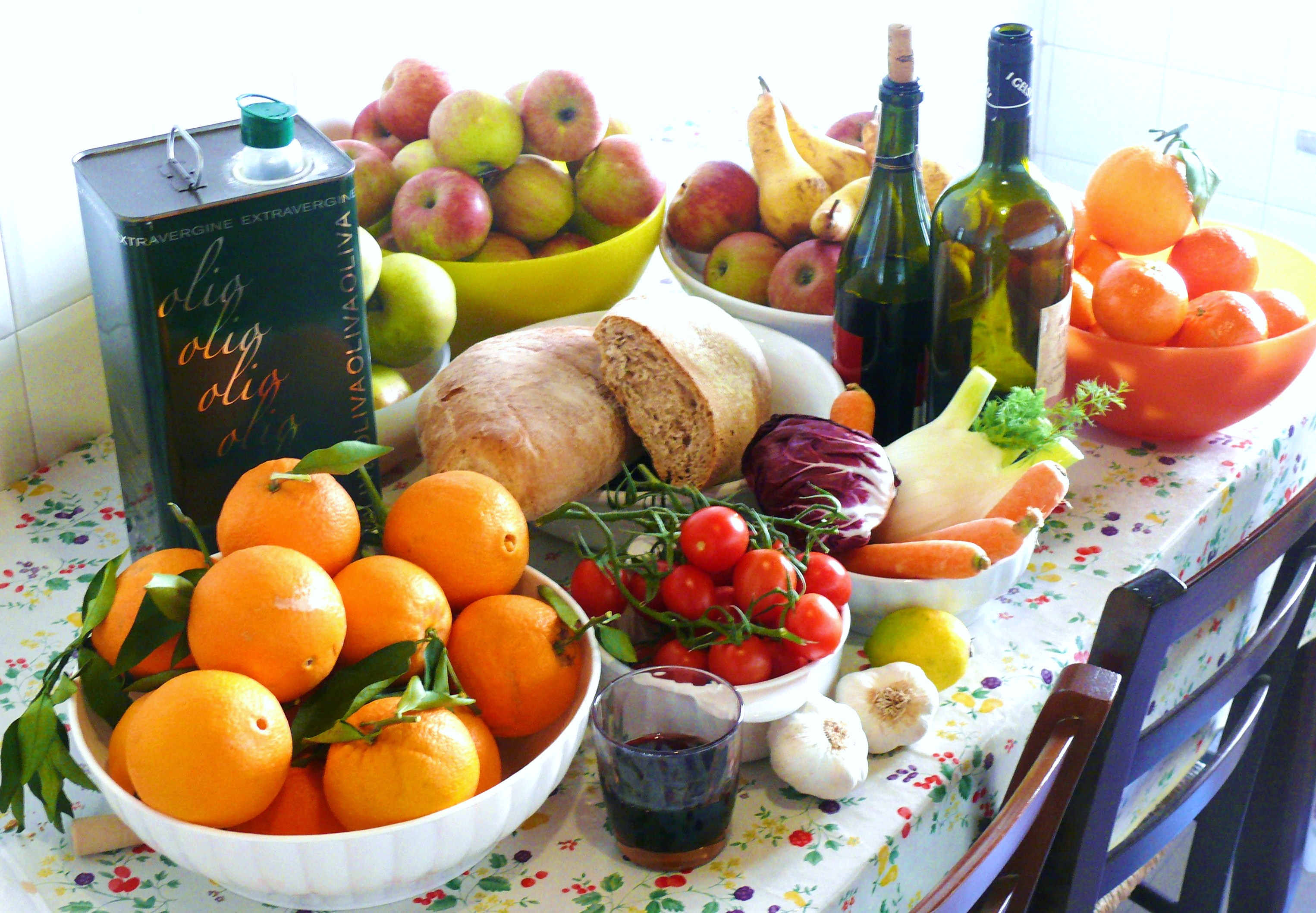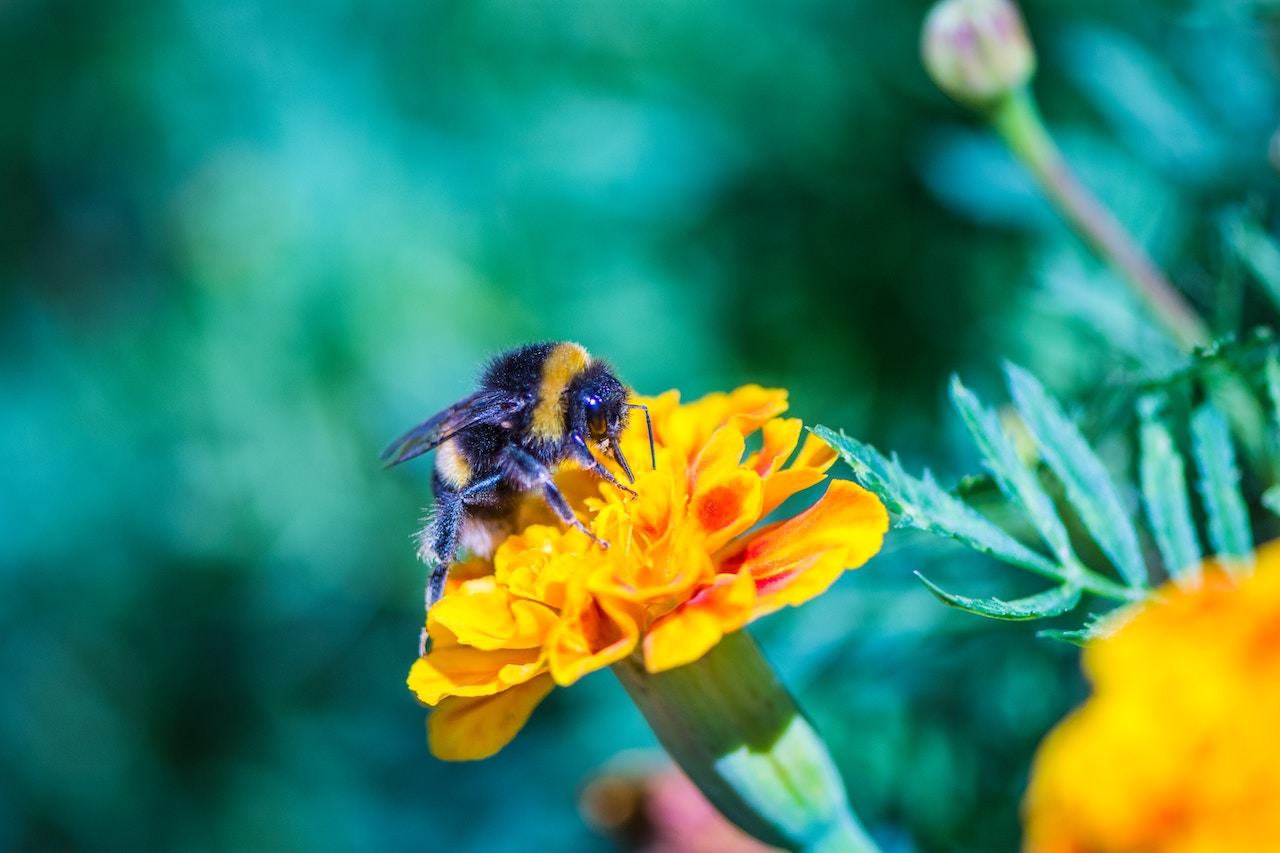Mexican regional cuisine is set to dominate 2025, with fusion and multi-ethnic foods, wellbeing and nutrition set to top the food trends for the year ahead, according to Tasneem Alonzo, joint managing director at Lähde by EHL Ingredients.
Here, she looks at the incoming trends for the year and shares her predictions on the foods, flavours and feasts we can expect to see during 2025.
Riding the Mexican wave
Flavour-filled, fresh, colourful and health friendly, Mexican food is riding a wave on the British food scene. Brits have long been fans of Tex-Mex foods such as nachos, burritos and fajitas, but Mexican food offers a great deal more than these classic dishes. The explosion of regional Mexican style restaurants on UK high streets is testament to the interest and appetite among British consumers.
Tacos, for example, have burst onto the UK food scene, both as street foods, hand-held foods, and in restaurants and the home. They’re sociable, versatile, and can be customised to the diner’s preferences and are packed with tasty meats, fresh vegetables, pinto beans, proteins and crunchy salads. They’re really flying as they’re a brilliant sharing food option for both indoor and outdoor dining, sports and series viewings, games nights and gatherings in the home. They can be as healthy as you like – as they’re made with fresh ingredients and can be easily created in a meat-free or plant-based format.
Brits’ love of Mexican foods and flavours extends to the breakfast table too, especially egg-based dishes for breakfasts and brunches. Huevos Rancheros, and breakfast burritos bring a spicy option to the morning, packed with colours, flavours and spices. These are ideal for sharing, tapping into today’s grazing culture and the trend for bottomless brunches.
Going global
In world flavours, as well as Mexican regional, the cuisines we’re expecting to surge in popularity next year are Korean BBQ, Caribbean, Hawaiian, Levantine, West African and Greek.
Regional American BBQ flavours from Kansas, the Carolinas and Cajun are set to feature strongly in the year ahead, led by fried chicken diner chains but entering into mainstream venues and the home too. Regional Asian subcontinent curry flavour profiles are always popular in the UK but dishes from Bengal, Gujarat and Manipur are set to have their moment, led by TV chefs, travel shows and holidays to far flung destinations.
Multi-ethnic meals
Multi-ethnic fusion foods is where we see growth in the year ahead. With so many British households, families, and friendship groups coming from diverse countries and cultures, we’re seeing a real melting pot of fusion foods emerge. Think tikka tacos, sriracha hot dogs, harissa frittatas, cheeseburger pierogies – fun fusions of multiple cuisines in one dish. We’ve seen Afro-tacos, jollof rice with burritos, tabil sprinkled on pizzas, melekesha on flatbreads, and curried scotch eggs to name a few multi-ethnic dishes but there’s real potential here and clear opportunity for retailers, food manufacturers and brands to really get creative.
Wellbeing and nutrition
The trend for eating unprocessed foods is set to grow further in 2025. A rise in consumers choosing to cut out certain food groups and Ultra Processed Foods (UPFs) will create demand for ingredients that fit into diets that omit processed foods. In response to this there has been a revival of certain food ingredients such as ancient grains, pulses and seeds.
Quinoa is still the most popular and widely available, but other grains following the trend are freekeh, amaranth, buckwheat, kamut, millet, spelt, sorghum, fonio and teff, which have all seen a considerable boost in demand and availability. These grains are already appearing within breads, rolls and loaves, biscuits, flapjacks, and crackers, sweet baked goods, and as prepared grains to be consumed as accompaniments or as an alternative to rice or cous cous. They are the exact opposite of modern, processed grains and as well as being filling and tasty, many of them are naturally gluten-free, full of fibre and packed with protein and nutrients.
Many of these grains can be used in gluten-free (aramanth, buckwheat, millet, sorghum, teff) and non-allergen foods so it’s important to label them as such as this is a growing, lucrative market segment.
Consumers will also welcome natural, functional foods and ingredients with micronutrients. We’re expecting sales of pulses and seeds to surge, as consumers opt for foods to support immune systems and general wellbeing. For example, dried chick peas and lentils can be used in a multitude of ways, for hummus and falafels, added to stews and soups, chillies and curries and even baked with spices for snacks. Sesame seeds and kalonji seeds are great as inclusions in breads, loaves and rolls, pie toppings, and can be added to oats, yoghurts, smoothies and juices. They’re packed full of nutrients and health benefits too.
Taking into account the cost of living crisis, grains, pulses and seeds are affordable, versatile and filling and can form the basis of many meals.
In summary
Modern Brits’ tastes, lifestyles, and dining expectations are ever-evolving and 2025 will be a hotbed for creativity and adventure. Our range of herbs, spices and ingredients allows manufacturers, brands, chefs, caterers and operators to create diverse foods, world cuisines, and exotic dishes to bring excitement and interest to dining experiences during the year ahead.
To find out more about the full Lähde range from EHL Ingredients, visit www.ehl-ingredients.co.uk, email info@ehl-ingredients.co.uk or call 0161 480 7902.





